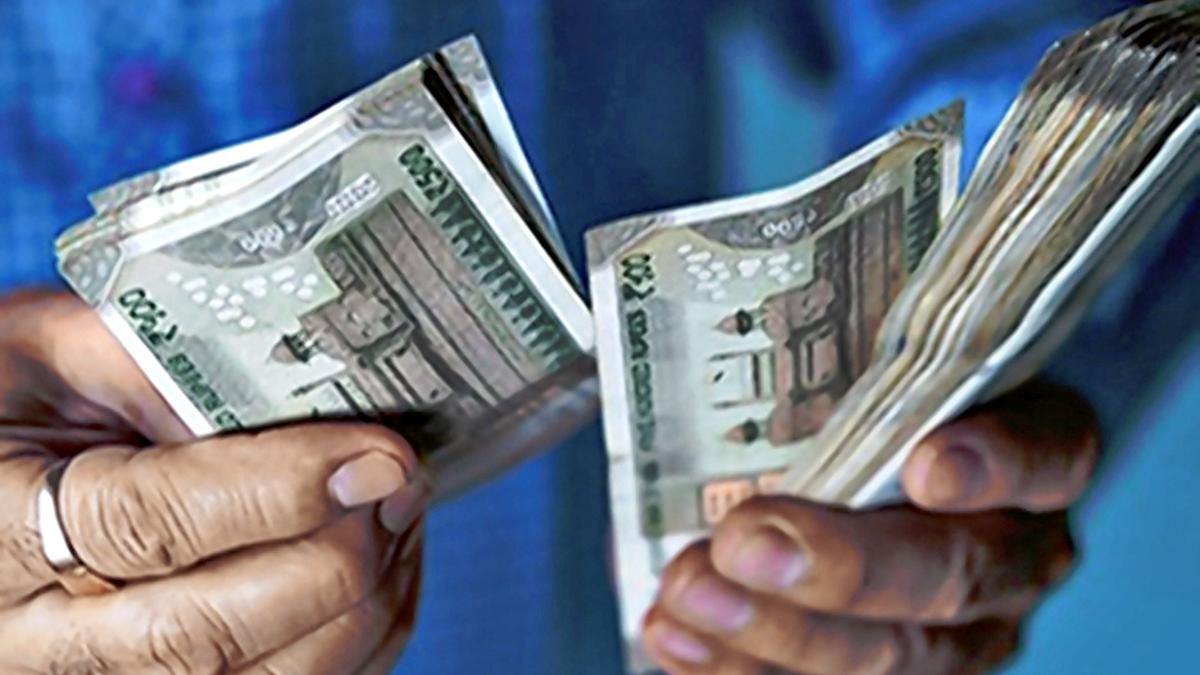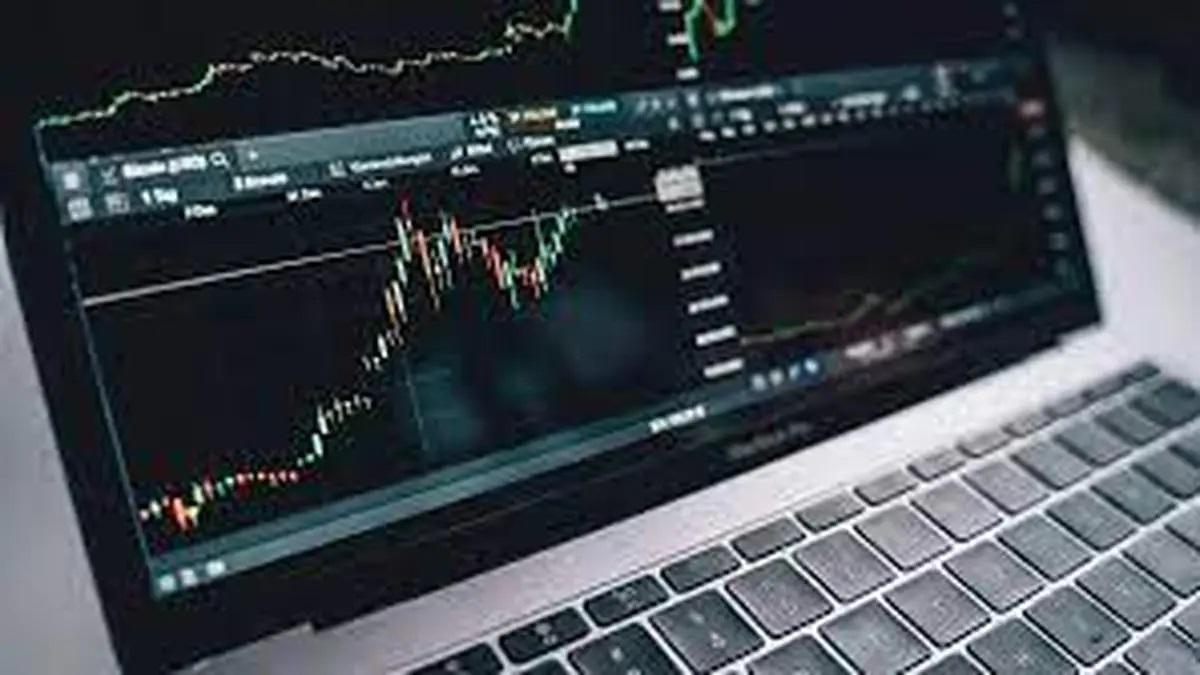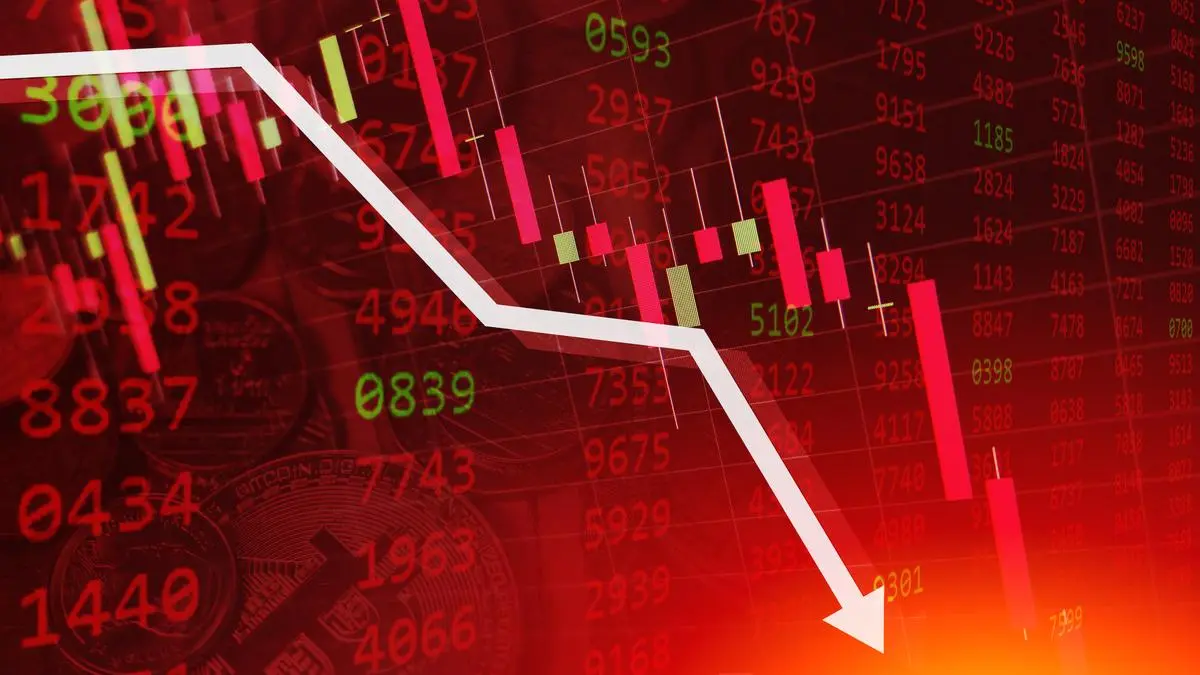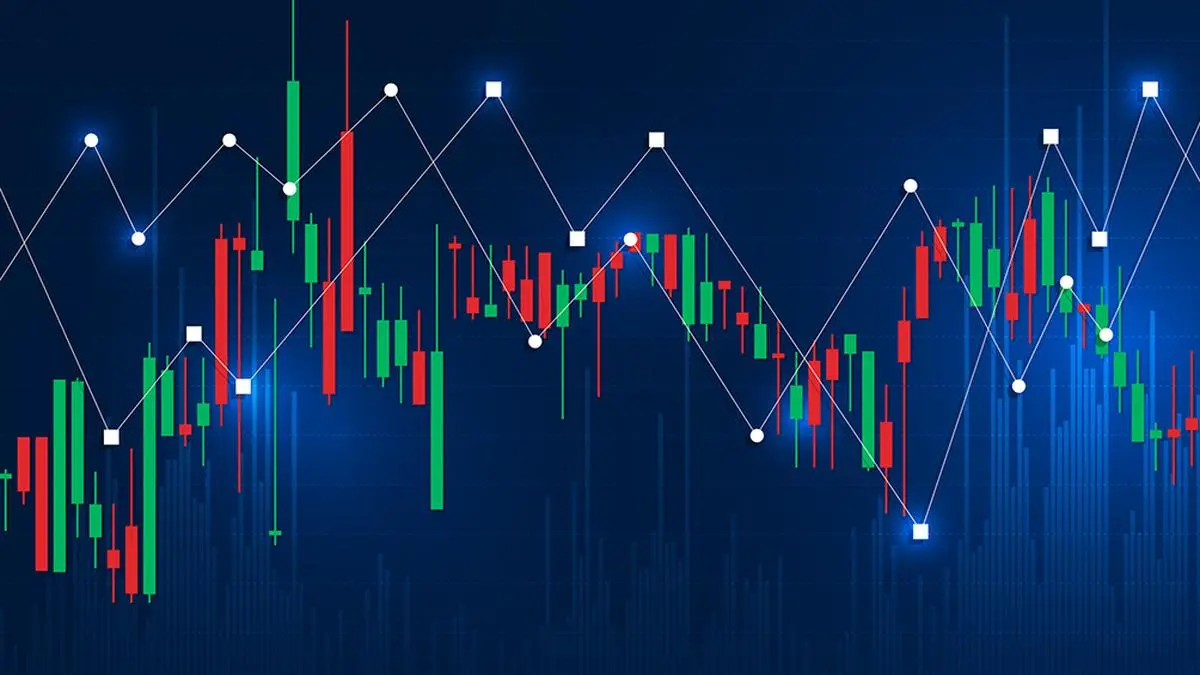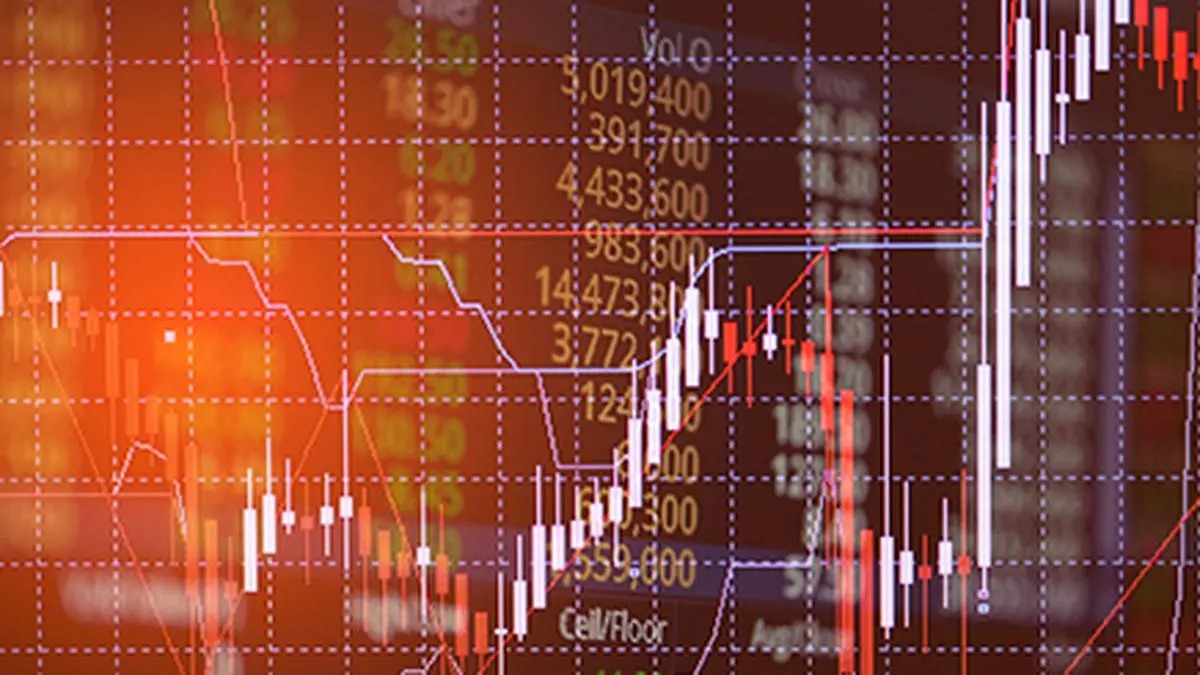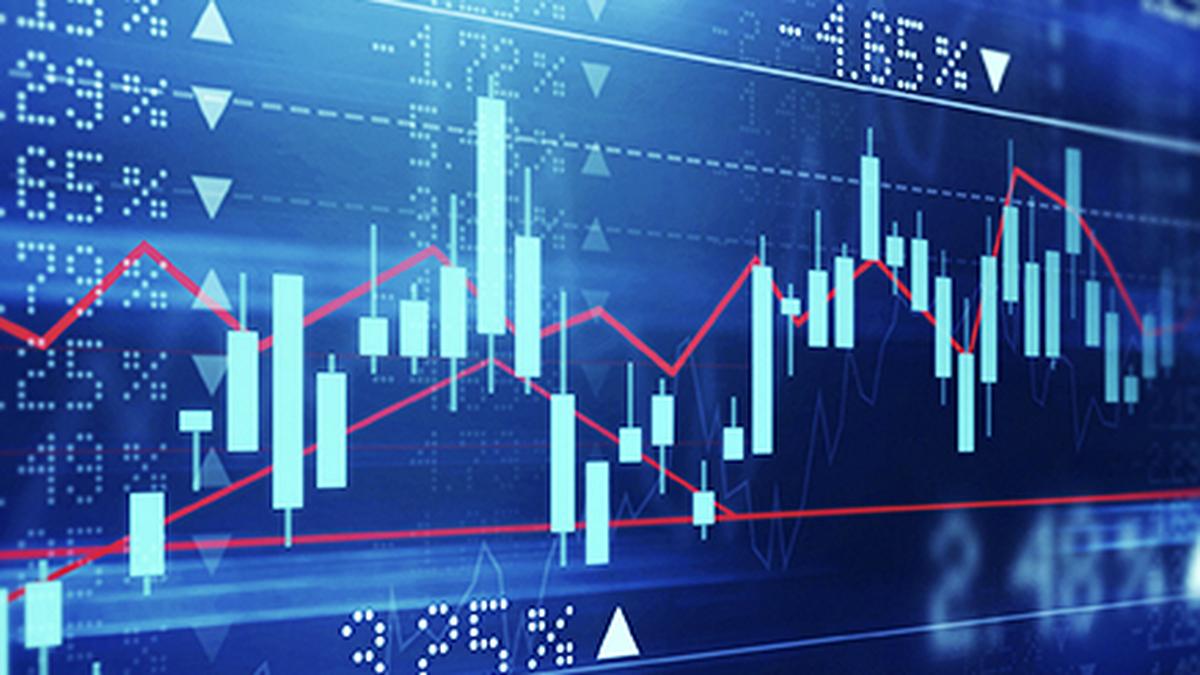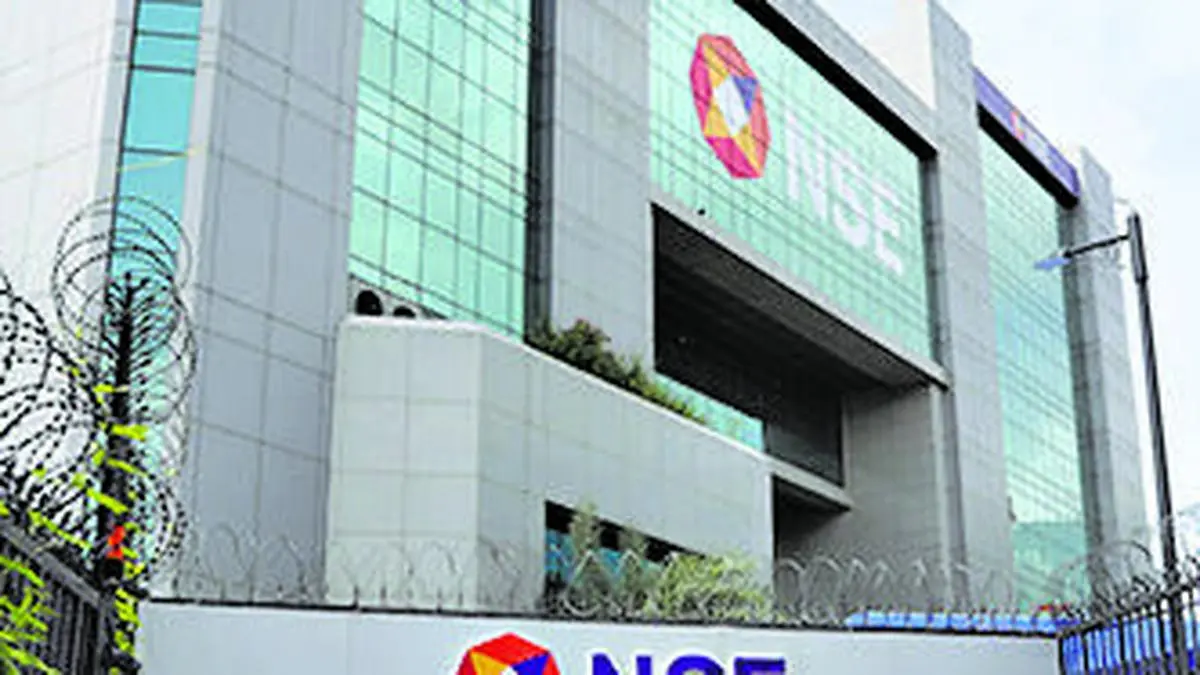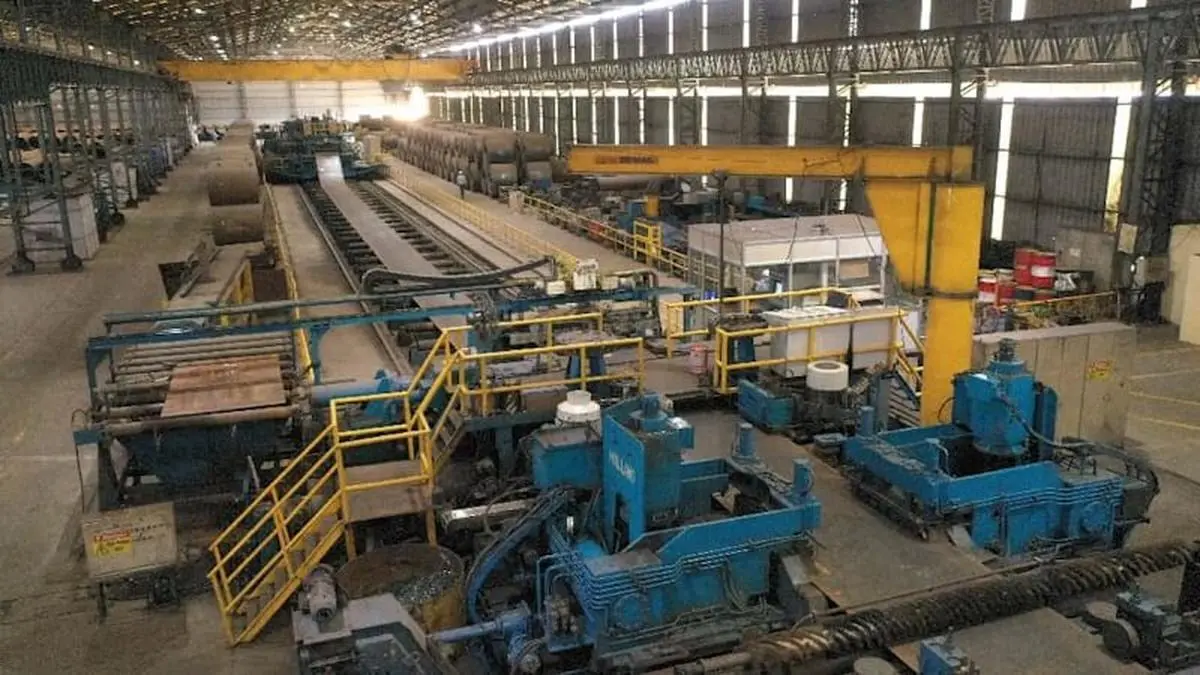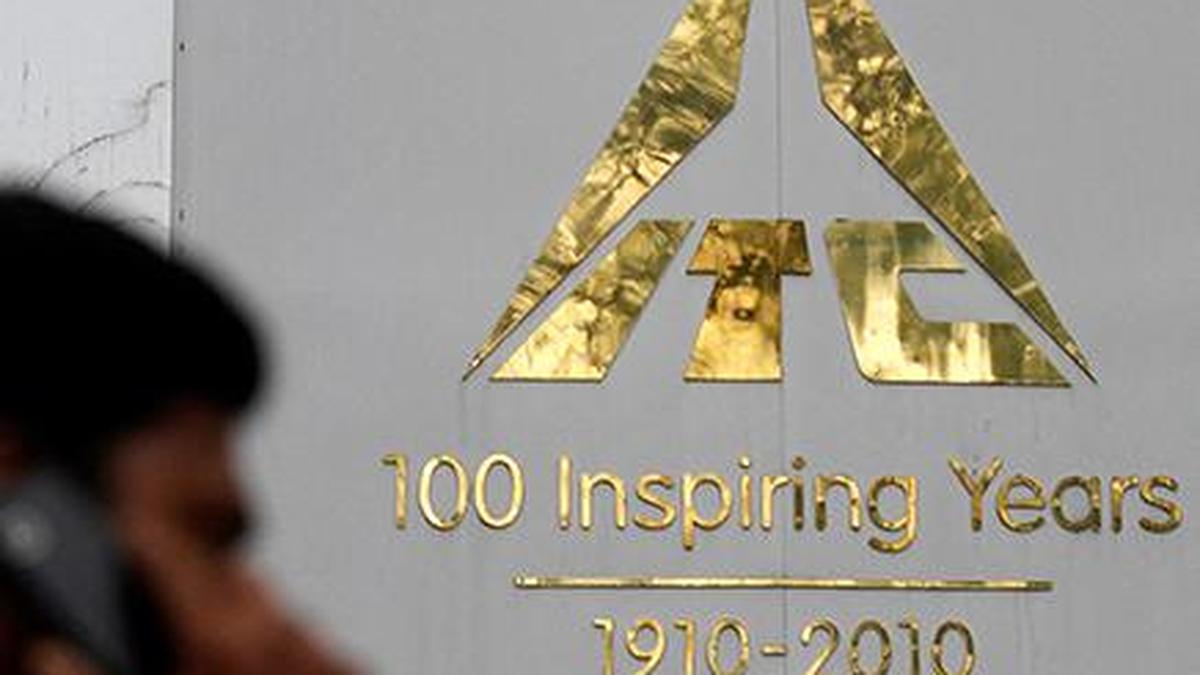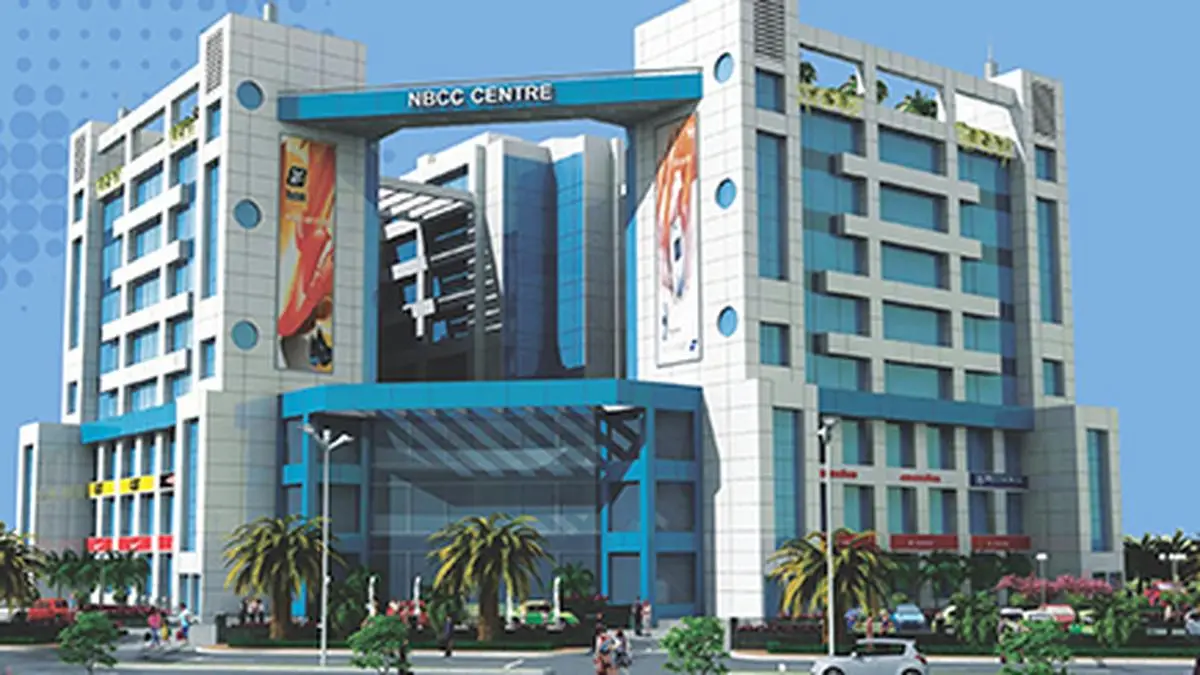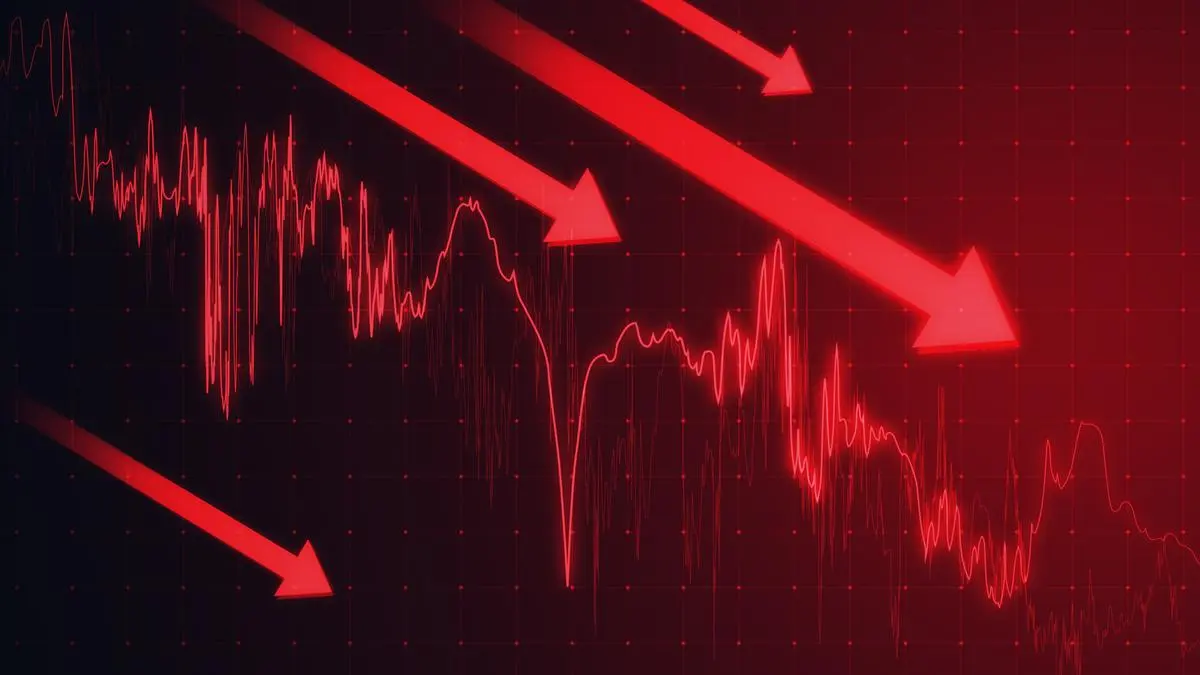FOREX
Sensex, Nifty slide as trade tensions mount; GDP growth beats expectations at 7.4%
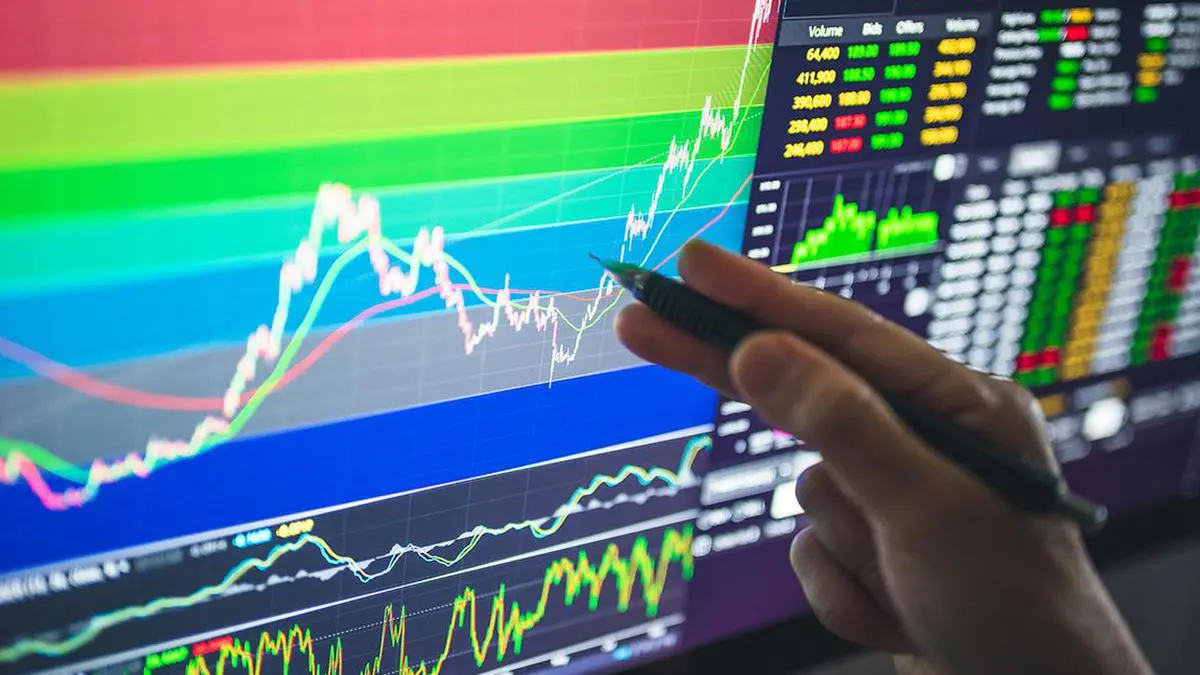
Markets opened lower on Monday with Sensex opening at 81,214.42 and is currently trading at 80,761.49, down 689.52 points or 0.85 per cent from its previous close of 81,451.01. Similarly, the Nifty slipped 182.60 points or 0.74 per cent to 24,568.10 after opening at 24,669.70, compared to its previous close of 24,750.70 at 9.30 am, as escalating US-China trade tensions and global uncertainties weighed on investor sentiment despite stronger-than-expected domestic GDP data.
The benchmark indices extended last week’s losses, with the Nifty ending 0.41 per cent lower and the Sensex dropping 270 points for the week. Market volatility persisted as President Trump announced doubling steel tariffs to 50 per cent and accused China of violating trade agreements, signalling potential escalation between the world’s two largest economies.
“President Trump’s 50 per cent tariffs on steel and aluminium is a clear message that the tariff and trade scenario will continue to be uncertain and turbulent. This headwind will impact markets,” said Dr VK Vijayakumar, Chief Investment Strategist at Geojit Investments Limited.
Among individual stocks, Apollo Hospitals led the gainers with a 2.59 per cent surge to 7,058.50, followed by Hindustan Unilever gaining 1.29 per cent to 2,378.50. Adani Ports advanced 0.97 per cent to 1,446.70, while Bharat Electronics Limited climbed 0.94 per cent to 388.20 and Mahindra & Mahindra rose 0.84 per cent to 3,001.70.
On the downside, HDFC Bank declined 1.67 per cent to 1,912.50, while Reliance Industries fell 1.59 per cent to 1,398.30. Technology stocks faced pressure with HCL Technologies dropping 1.59 per cent to 1,610.60 and Tech Mahindra declining 1.55 per cent to 1,549.50. Bajaj Auto rounded out the top losers, falling 1.49 per cent to 8,479.00.
The banking sector showed mixed performance with Bank Nifty offering support despite overall market weakness. “Bank Nifty offered a silver lining with a 0.63 per cent gain, led by SBI’s 2.76 per cent surge,” noted Prashanth Tapse, Senior VP (Research) at Mehta Equities Ltd. The PSU Bank index performed best among sectors last week, gaining over 4 per cent, while the FMCG index suffered the largest loss, dropping 2.29 per cent.
GDP growth beats expectations
India’s economic fundamentals provided some support as fourth-quarter GDP growth came in at 7.4 per cent, significantly exceeding expectations and marking the highest growth rate across all four quarters of FY25. Full-year growth reached 6.5 per cent, in line with official estimates.
“India’s real GDP grew by 7.4 per cent in the fourth quarter, which is the highest growth rate achieved in all four quarters of FY25. This can be attributed to the higher government spending, robust industrial activity, and stable economic outlook amidst tariff wars and geopolitical tensions,” said Ajay Garg, CEO of SMC Global Securities.
The strong GDP performance was driven by manufacturing, construction, and financial services sectors. Private consumption remained healthy with Private Final Consumption Expenditure increasing 7.2 per cent in FY25 compared to 5.6 per cent in the previous financial year.
“The recovery in manufacturing and construction was largely in line with expectations. It was likely supported by strategic inventory front-loading by firms in anticipation of reciprocal tariff measures and by strong government capital expenditure,” explained Ms. Rajani Sinha, Chief Economist at CareEdge Ratings.
Technical analysts remained cautious about near-term market direction. “Volatility is expected to persist as both buyers and sellers remain cautious; technically, Nifty turns bullish only above 25,116, with key support at 24,363,” Tapse added.
Shrikant Chouhan, Head Equity Research at Kotak Securities, identified key levels for the week. “We believe that the 20-day Simple Moving Average and the level of 24,650 would serve as key support zones for short-term traders, while the 25,150 level could act as a significant resistance area for the bulls,” he said.
Commodity markets reflected global tensions with crude oil futures trading higher after Ukraine launched drone attacks on Russian airbases. August Brent oil futures rose 2.18 per cent to $64.15, while July WTI crude gained 2.62 per cent to $62.38.
“Crude oil prices remained highly volatile last week, initially rising before retreating sharply toward the weekend. The sell-off came after OPEC+ announced a production hike of 411,000 barrels per day starting in July,” said Rahul Kalantri, VP Commodities at Mehta Equities Ltd.
Gold faced pressure from a stronger dollar and geopolitical uncertainties. “Gold posted a weekly decline as the US dollar gained strength, driven by fresh economic data suggesting the Federal Reserve may delay interest rate cuts until later this year,” commented Aksha Kamboj, Vice President of India Bullion and Jewellers Association.
Sector performance showed IT, Metal, Media, and Energy outperforming in May, with gains of 4.3 per cent, 7.35 per cent, 10.33 per cent, and 4.21 per cent respectively. Most sectors finished May with 1-2.5 per cent gains, except for Nifty Defence.
Market participants now await the RBI’s rate decision on June 6, with expectations of continued monetary easing to support economic growth. “This paves the way for the RBI to go with another repo rate cut in the June meeting to support the ongoing economic growth,” Garg noted.
Despite global headwinds, analysts remain optimistic about India’s long-term prospects. “The Indian economy seems to be insulated from the geopolitical worries and will continue to attract robust foreign investments,” Garg concluded, citing the country’s stable economic outlook and robust domestic demand fundamentals.
Published on June 2, 2025



